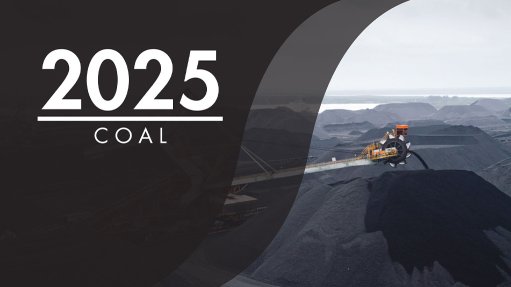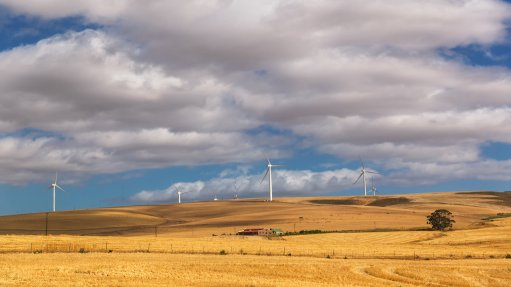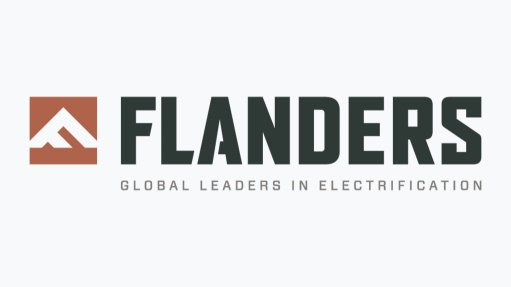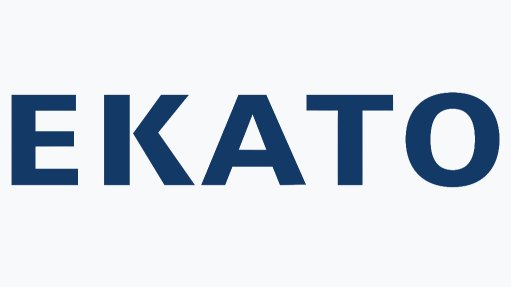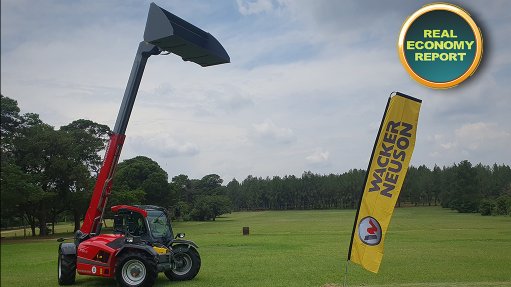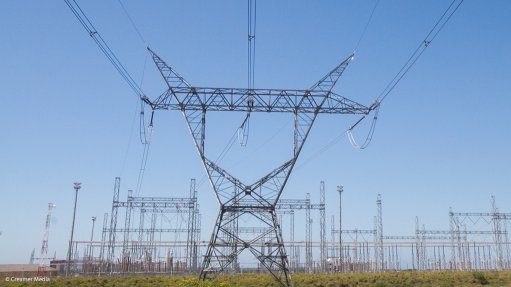Coking coal prices remain under pressure amid weak steel production
Research agency BMI has maintained its Australian coking coal price forecast for this year at $260/t, as prices remain under pressure as a result of weak demand.
BMI notes in its ‘Coking Coal Prices - No Recovery As Steel Production Remains Weak’ report that this year has cemented negative investor sentiment over Mainland China's construction industry, the downfall of which now looks irreversible in the coming two to three years at least.
“As Mainland China's construction industry holds the reins on coking coal demand through the steel industry – which in turn remains in the doldrums – we see little revival in coking coal prices in the coming months.
“Australia premium hard coking coal prices are hovering around $242/t at the time of writing on July 21, and we expect further pressure in the months ahead.”
Prices have averaged $275/t in the year-to-date and BMI continues to expect prices to remain in the range of $220/t to $250/t this year. Slowing steel production growth in importing nations, except India, will continue to cap coking coal demand, and thus prices for this year, the report says.
In the longer term, BMI says, it expects coking coal prices to decrease in tandem with global blast furnace steel production growth.
As the global economy makes its shift to a ‘greener’ future, BMI says the shift away from fossil fuels and highly polluting methods of production will see steel producers slowly transition to cleaner steelmaking processes.
These include a greater adoption of electric arc furnaces, as well as the use of green hydrogen in steelmaking.
It argues that this paradigm shift will reduce the need for coking coal in the production of steel, hampering the fossil fuel’s long-term demand and price outlook.
“Although we forecast coking coal prices to trend lower over the coming years, we expect prices to remain high by historical standards over 2024 to 2028, as prices will now start from a higher base following the Russian invasion of Ukraine,” says BMI.
GLOBAL TRENDS IN CONSUMPTION
BMI says the pace of steel production growth in China is expected to have slowed down starting from this year. The Asian country’s steel production growth is projected to average 0.8% between 2023 and 2027, before reaching a plateau in 2028.
China's steel production, and consequently its coking coal demand, is forecast to gradually decline beyond 2028.
The report notes that this slowdown in growth is expected owing to a combination of shifting government policies that focus less on steel-intensive fixed asset investments and increasing environmental concerns within the country.
Meanwhile, in the long term, BMI says there is an expectation that green hydrogen, which is produced without the use of fossil fuels, will play an increasingly vital role in decarbonising steel production. This shift is aimed at reducing the reliance on coking coal.
It notes that many steel manufacturers in developed markets have made it a priority to adopt this technology.
The report notes that the EU is expected to lead the way in reducing the use of coking coal in steel production, noting that several factors contribute to this trend, including rising carbon prices within the EU, stricter emission standards, the EU's latest carbon reduction targets and the proposed EU carbon border tax.
BMI explains that these measures create a stronger incentive for steelmakers to embrace low-carbon steelmaking processes.
Most major steelmakers in the EU have initiated hydrogen-based steelmaking pilot projects and research endeavours.
BMI points out that prominent steel firms such as ArcelorMittal and Liberty Steel are undertaking full-scale projects that are expected to become operational between this year and next.
The report also notes that smaller companies such as H2 Green Steel and Hydrogen Breakthrough Ironmaking Technology (Hybrit) are launching zero-carbon steelmaking plants in 2024 and 2026, respectively.
Despite these advancements, BMI argues that the green hydrogen industry is still in its early stages and that larger-scale production systems are yet to be established.
Consequently, the production of green steel relies on the development of technologies and infrastructure for commercial-scale green hydrogen production and handling.
Currently, the sector faces limitations primarily related to high costs and insufficient capacities for green hydrogen electrolysis, says BMI.
It notes that the cost of producing hydrogen using fossil fuels stands at about $1/kg to $2/kg, while green hydrogen costs are between $3/kg and $6/kg, indicating its poor cost competitiveness.
Although significant investments are required for green steel production, BMI posits that the increasingly stringent global emissions standards, particularly within the EU and China, are driving metal producers to invest in green steel to maintain their competitiveness.
Moreover, there is a growing consensus that, by 2030, the prices of green hydrogen could achieve market parity with carbon-emitting hydrogen, suggesting that the cost barrier may not be long-lasting.
However, the availability of green hydrogen electrolysers, necessary for producing zero-carbon hydrogen for steelmaking, is currently limited, with a capacity of only 1.4 GW by the end of 2022, adds BMI.
Nevertheless, capacity and investments in this field are expected to grow, with medium term manufacturing capacity projected to reach 45.1 GW by 2025, according to the IEA.
Germany's steel sector, in particular, is well positioned to benefit from recent developments in hydrogen infrastructure, as it ranks among the fastest-growing markets for new hydrogen electrolyser projects, aiming to achieve a targeted capacity of 10 GW by 2030.
PRODUCTION TRENDS
The report notes that, in China, the average yearly growth rate in coking coal production from 2024 to 2028 is forecast at 0.9%.
“The Chinese government is expected to provide more generous support to coking coal miners compared to thermal coal miners, primarily due to the country's limited self-sufficiency in coking coal production,” BMI says.
China typically imports at least one-third of its yearly coking coal requirements, whereas the dependence on imports for thermal coal is less than 10%. BMI posits that the importance of supporting domestic production has increased since the government imposed an informal ban on Australian coal imports in October 2020.
Although the ban has eased since January, BMI says China remains committed to reducing reliance on imports by promoting domestic production.
Similarly, in India, coking coal miners are receiving support from the government as it aims to reduce dependency on foreign sources for coking coal.
“Looking ahead to the period of 2028 to 2033, we forecast that global coking coal production will remain relatively steady, growing at about 0.7% a year. Although this rate is slower than the average of the previous five years (0.9%), it should be sufficient to gradually widen the gap with annual consumption levels,” says BMI.
Article Enquiry
Email Article
Save Article
Feedback
To advertise email advertising@creamermedia.co.za or click here
Comments
Announcements
What's On
Subscribe to improve your user experience...
Option 1 (equivalent of R125 a month):
Receive a weekly copy of Creamer Media's Engineering News & Mining Weekly magazine
(print copy for those in South Africa and e-magazine for those outside of South Africa)
Receive daily email newsletters
Access to full search results
Access archive of magazine back copies
Access to Projects in Progress
Access to ONE Research Report of your choice in PDF format
Option 2 (equivalent of R375 a month):
All benefits from Option 1
PLUS
Access to Creamer Media's Research Channel Africa for ALL Research Reports, in PDF format, on various industrial and mining sectors
including Electricity; Water; Energy Transition; Hydrogen; Roads, Rail and Ports; Coal; Gold; Platinum; Battery Metals; etc.
Already a subscriber?
Forgotten your password?
Receive weekly copy of Creamer Media's Engineering News & Mining Weekly magazine (print copy for those in South Africa and e-magazine for those outside of South Africa)
➕
Recieve daily email newsletters
➕
Access to full search results
➕
Access archive of magazine back copies
➕
Access to Projects in Progress
➕
Access to ONE Research Report of your choice in PDF format
RESEARCH CHANNEL AFRICA
R4500 (equivalent of R375 a month)
SUBSCRIBEAll benefits from Option 1
➕
Access to Creamer Media's Research Channel Africa for ALL Research Reports on various industrial and mining sectors, in PDF format, including on:
Electricity
➕
Water
➕
Energy Transition
➕
Hydrogen
➕
Roads, Rail and Ports
➕
Coal
➕
Gold
➕
Platinum
➕
Battery Metals
➕
etc.
Receive all benefits from Option 1 or Option 2 delivered to numerous people at your company
➕
Multiple User names and Passwords for simultaneous log-ins
➕
Intranet integration access to all in your organisation




